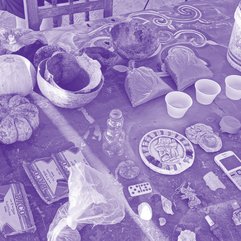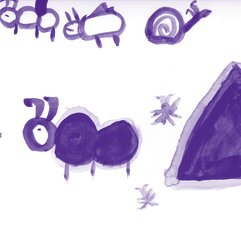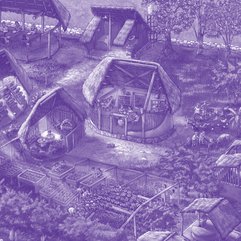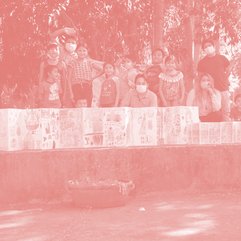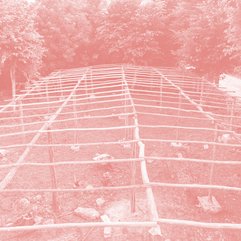ABOUT SOME OF THE BIOINDICATORS USED IN THE XOOK K'IIN
Abstract based on the original text in Spanish
The Xook K’iin — “reading, counting the days”, in Peninsular Yucatec Maya—is a technique of forecasting the future in order to adapt the tasks of the milpa cycle, depending on a series of meteorological predictions. These predictions take place in two types of counting or climatological forecasting reading. The first, called short, comprises the attentive review of different signs of nature – often referred to as bioindicators – during the month of January. The behavior of these signs for each day guides the farmers in deducing the meteorological conditions by projecting each segment of the month of January – by day or by hour – with the rest of the corresponding months of the year. The second, called the long reading, takes place during the rest of the year. Herein, signals that were attended to during the short reading are used to adjust the predictions made in January, and to fine-tune the cultivation times and tasks of the milpa.
The reading of the Xook K’iin is based on both geographic and micro-climatic circumstances of the Yucatan peninsula, and is as such very locally specific. Which bioindicators are taken in to account and how they are read differs between regions and even neighboring communities. The so-called bioindicators condense the comparison of different biological cycles, such as those of animals, plants, rainy and dry seasons, lunar and solar cycles, wind direction, cloud and star movements.
The Xook K’iin forecasting by the peninsular Maya people has different purposes. One of the most important lies in the fragility of an ethnic community that bases its subsistence – not exclusively but mainly – on the agricultural cycle of the milpa system. The richness, wisdom and sensitivity surrounding the Xook K'iin cannot, however, be addressed from a western scientism understanding. In the face of positions of exacerbated positivism of "modern science", the Xook K’iin has proven to be a device with a considerable effectiveness attested by present and past generations, that enjoys a respectable antiquity on which it bases its authority. Even the term bioindicator, while a useful category for its practicality, falls short of describing the qualities and complexities of the multispecies signals and calls that are read and interpreted by humans.
Due to climate change, that manifest among others, in the prolongation of the dry season, shorter rainy seasons, the appearance of hurricanes and tropical storms, plagues, as well as severe and frequent flooding, the reading of the Xook K’iin, according to campesinas and campesinos, has become more and more challenging. Conditions are no longer as predictable, the behavior of animals’ changes, and consequently, farmers face greater uncertainty than ever before.
Despite of this – and because of this – the Xook K'iin remains a tool that is persistently used by farmers, beekeepers, livestock breeders, traditional doctors, and hunters who insist on maintaining the deep knowledge and connection with nature inherited from ancient times. Even in the face of the current critical panorama, it is a device that accounts, on a local scale, for climate change and its regional effects – and is as such also an important part of local resistance.
Translation and editing by Spore Team.




